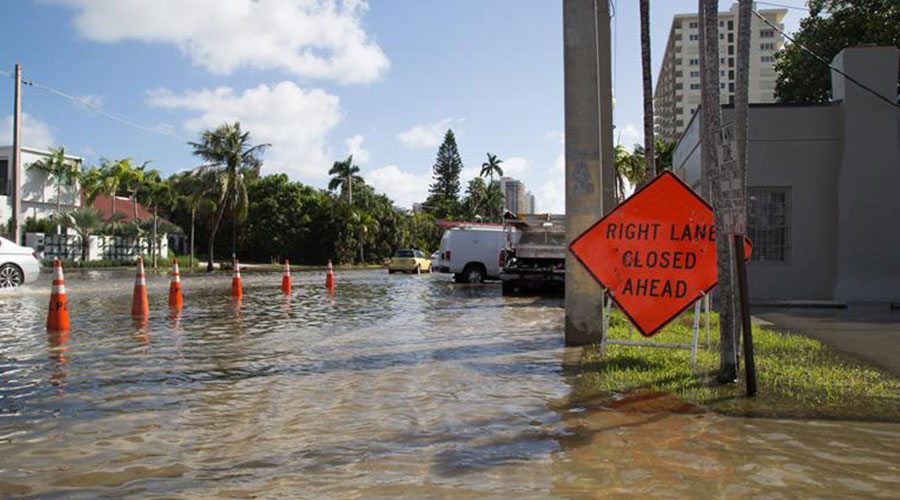Flood Emergency Response Plans: Lessons Learned
Timing is everything when planning for and responding to emergencies in commercial and institutional facilities. The University of Iowa learned that lesson in the summer of 2008, when the Iowa River flood forever changed maintenance and operations on the Iowa City campus.
“This kind of disaster does not go away once the cleanup is done,” says Dan Heater, the university’s director of building and landscape services. “It takes a long time to completely rebuild and recover from something like this.”
The flood reached its peak during the second week of June 2008 and affected more than 2.5 million square feet of building space, forced the evacuation and closing of 20 buildings, and resulted in $743 million in damage and recovery costs. But without key decisions before, during and after the disaster, the impact could have been more widespread.
“It was great timing,” says Don Guckert, the university’s associate vice president and director of facilities management. “We had drilled the plan — which is what the plan calls for — a month and a half before we realized we were going to have a threat. We were fortunate for that.”
Drilling the plan before the flood allowed Heater and his building services team to make split-second decisions during the emergency — relocating mechanical and electrical equipment and operating temporary chillers and boilers, for example — that were integral in restoring a handful of buildings in time for fall-semester classes.
Now, more than a year after the flood, the university is continuing to learn about the lasting impact a disaster can have on long-term goals.
“As a facilities organization, we had a rather ambitious strategic plan and agenda we were pursuing,” Guckert says. “Once the event was on us, everything dropped. In the aftermath, it has changed much of what we’re doing.”
A Plan in Place
A few key factors sparked the university’s decision to develop its flood emergency response plan (FERP), which was adopted in 2007. First, the campus endured a 100-year flood in 1993, so the threat was real. Second, events such as Hurricane Katrina served as a reminder that a plan needs to be in place so personnel can respond appropriately to a disaster. Finally, the university’s insurance carrier suggested creating a plan to mitigate loss and keep premiums from rising.
The plan, designed for a 100-year flood, was successful during last summer’s disaster — but only to a point. Once the flood passed the 100-year level and eventually reached the 500-year threshold, managers had to look beyond the plan and rely on split-second decision making to respond effectively.
“Plan for your next disaster, not your last one,” Guckert says. “That is one of our major lessons. Don’t set your bar for the worst experience you ever had. Set it for something worse than you’ve ever had.”
The flood’s trigger points came into play around June 3-4. Using the FERP as a guide, the building services team focused on preventing water from breaching the sandbag dikes.
“In the very beginning, we were working off our flood emergency response plan,” Heater says. “I was coordinating and directing all the field activity that was designed and intended by the FERP to keep the river in its channel — not to let it spread out across campus.”
By June 8, officials realized the flood would surpass the 1993 level, but they felt prepared. Then came June 12, when a storm dropped 2-3 inches of rain in a matter of hours. By June 13, water breached the sandbags and flooded the first wave of buildings. Specific activities inside a handful of facilities illustrated the efforts of Heater and his team in minimizing damage to key systems and components, including HVAC and electrical.
Related Topics:













